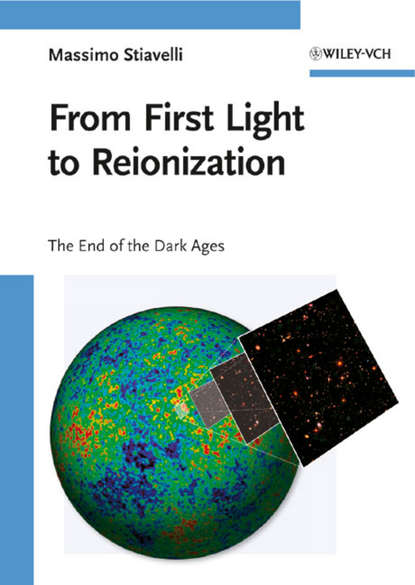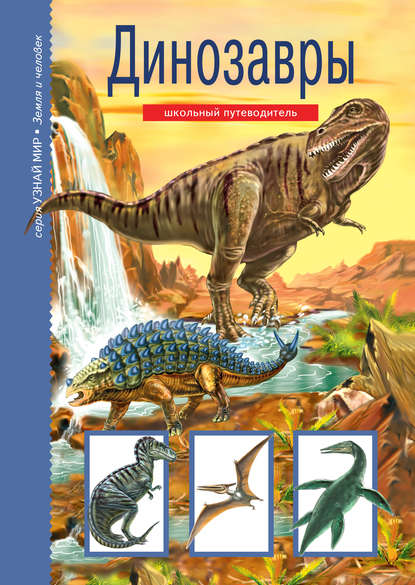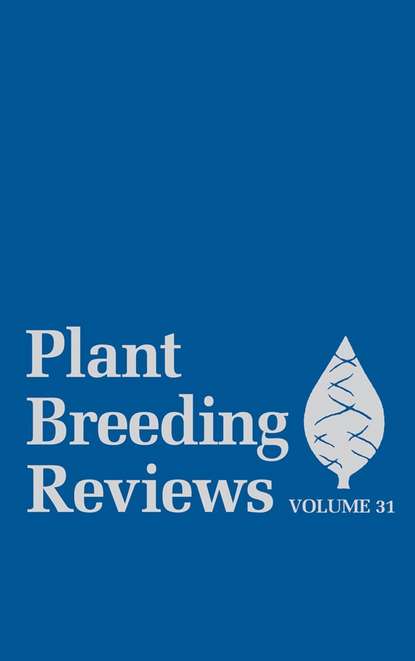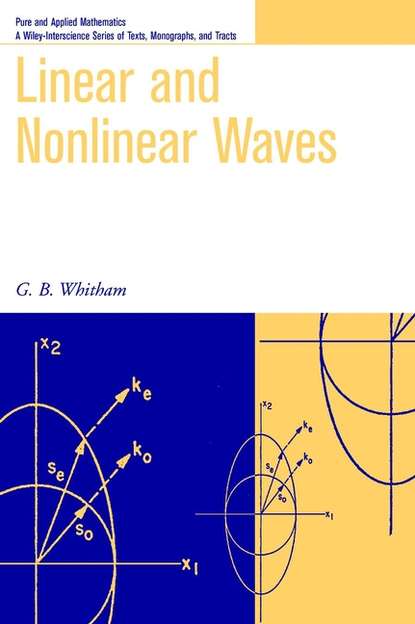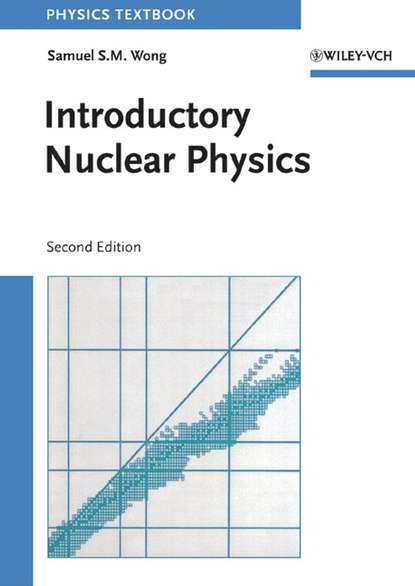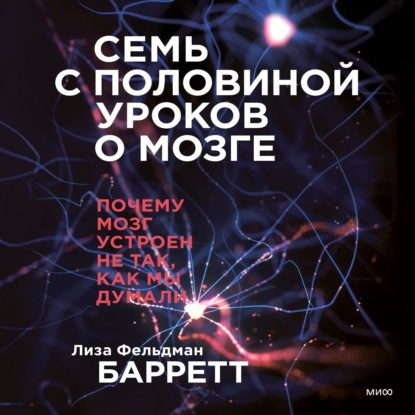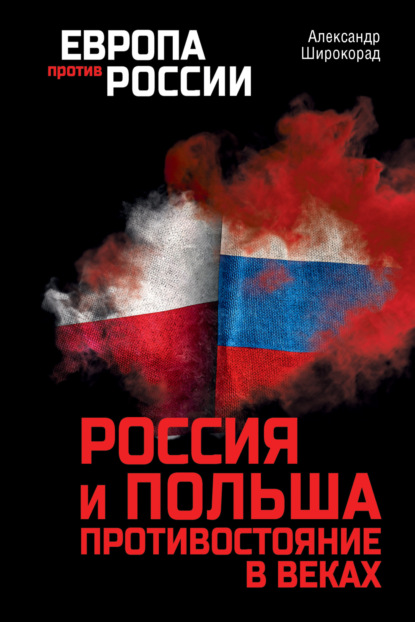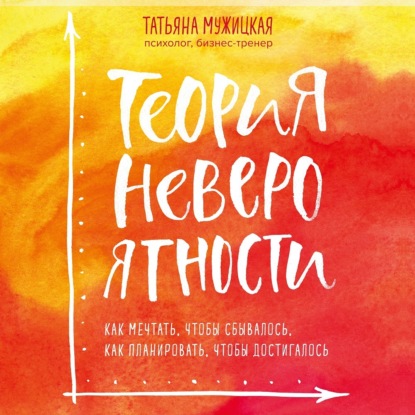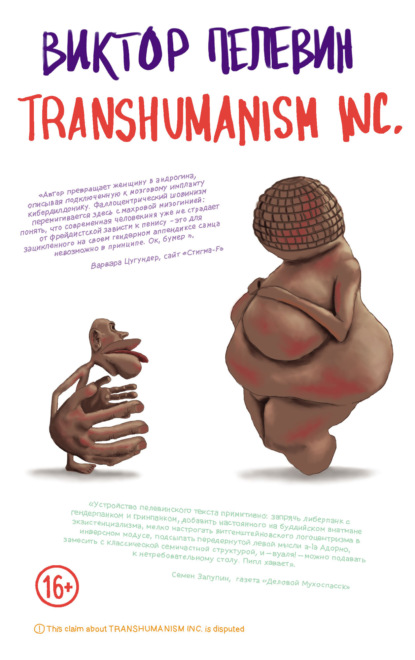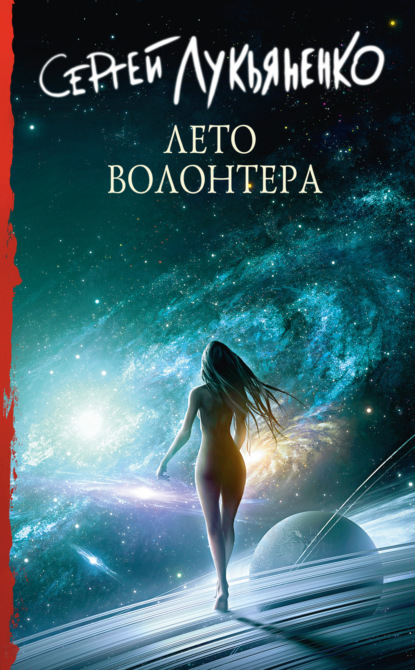Книга "From First Light to Reionization" - это краткое и актуальное описание критического периода ранней Вселенной, которое непосредственно связывает последние теории и эксперименты. Она ориентирована на космологические проблемы, а не на конкретные методы и начинается с введения, в котором рассматривается ранняя Вселенная и объясняется, почему процесс реионизации является важным. В книге анализируется процесс реионизации с помощью простых аналитических рассуждений и сравниваются имеющиеся наблюдения. Одна из глав посвящена проблеме перехода от звезд типа III к звездам типа II, а также ограничениям, которые могут быть получены с помощью WMAP. Другие главы описывают последние численные моделирования и будущие перспективы изучения темного века с помощью галактик. Автор книги - ученый с большим опытом как в исследованиях, так и в написании научных статей, поэтому эта книга подойдет как молодым исследователям, так и студентам магистратуры и аспирантуры.
This book covers the crucial period preceding the reionisation era based on up-to date theoretical and experimental knowledge in an accessible and concise writeup. This overview is intended to resolve issues in cosmology rather than individual analysis techniques, setting the stage for subsequent chapters in the book. We begin by introducing the early Universe with an emphasis on how re-ionisation is essential for the subsequent Universe to develop, providing a head start for our critical topics of the rest of this publication.
The remaining chapters closely examine the processes surrounding re-ionisa-tion including a comparison of current observational evidence and theoretical understanding. Arising from the rapid accumulation of data from planetary rovers such as 'Marco Polo', great care has been taken in drawing conclusions on their compatibility with overall re-ioniza-tion theories. Observational aspects under scrutiny include astrophysical and physical properties of galaxies like inferred metallicity, star formation and radial scales, singular ionizing sources, electron number density and association to proximity zones of quasars. Detecting these signatures within the diverse degrees of precision typically seen with observatories worldwide garners particular interest indeed.
Further significant developments occur concurrently with quantifiable theoretical fundamentals emerging from computer modelling. This new data is translated into predictions that resolutely explore the future possibilities awaiting continued effort in the mysterious era known as the 'dark ages'. With such substantial aims in mind developing and utilizing the useful tools offered by current day galaxies helps illuminate significant aspects of our history thus far. This is reflected through special mention of various future scenarios while highlighting scientific achievements with ongoing significance today.
Written by an experienced academic expert with experience translating these advanced findings into engaging and usable formats, 'From First Light to the Rise of Galaxies' is accessible to young researchers graduates as well as Master's and Ph.D. degree seekers in cosmology and related areas. Given the well demonstrated analytical nature of this volume, we anticipate broad appeal from diverse fields of study and beyond academia.
Электронная Книга «From First Light to Reionization» написана автором Группа авторов в году.
Минимальный возраст читателя: 0
Язык: Английский
ISBN: 9783527627370
Описание книги от Группа авторов
This up-to-date and concise account of a critical period of the early universe directly links the latest theories and experiments. Targeted at cosmological problems rather than specific methods, it begins with an introduction reviewing the early universe and looks at why reionization is important. The process of reionization analyzes simple analytical considerations and compares existing observations, while a further chapter describes some of the issues regarding the transition from Population III to Population II stars, as well as the constraints that can be derived from WMAP. Further chapters survey the latest numerical modeling and future perspectives for studying the dark ages using galaxies as probes. Written by a scientist with much experience in both research and writing, this account is equally suitable for young researchers as well as master and PhD students.
